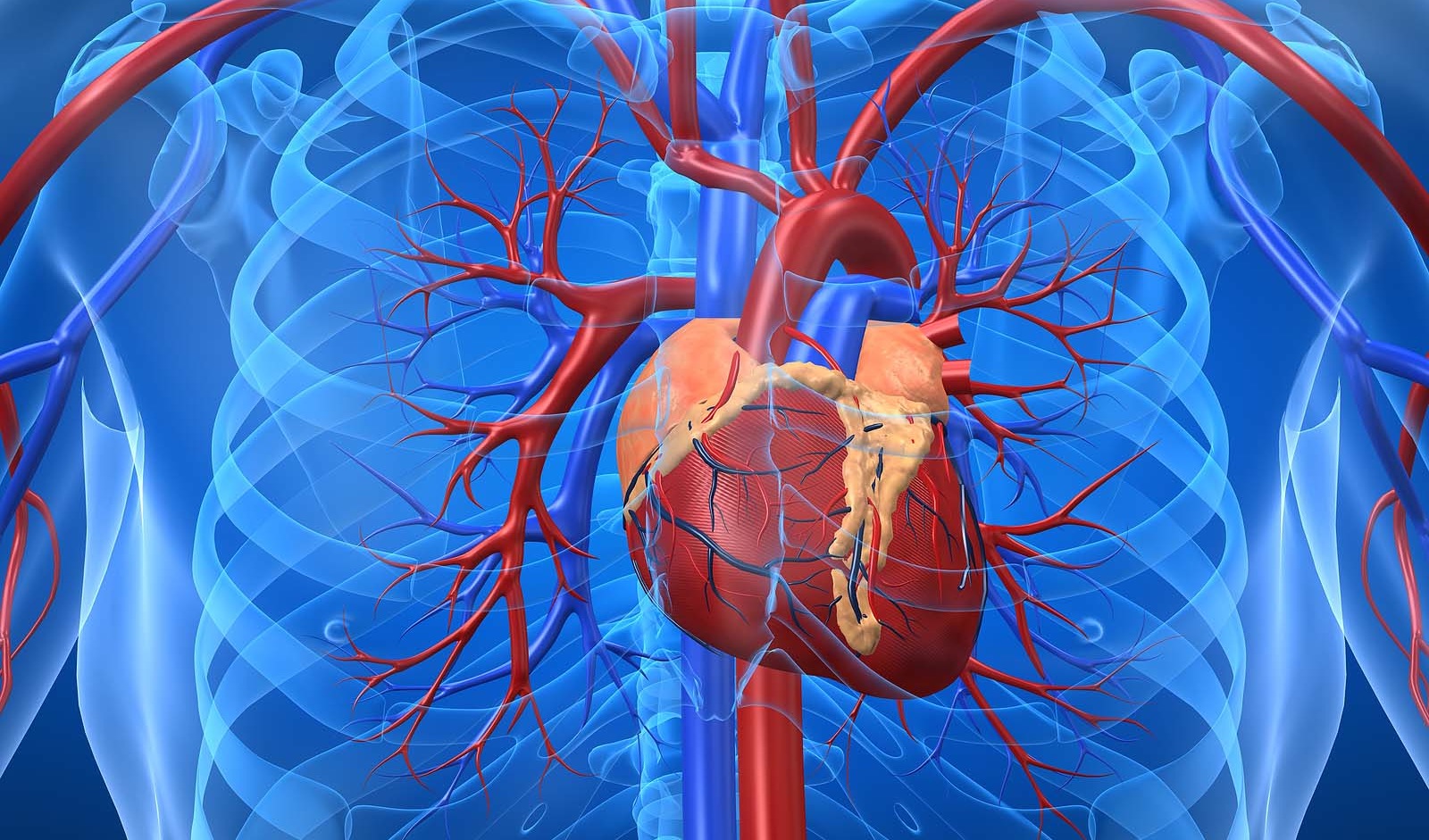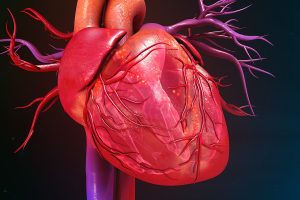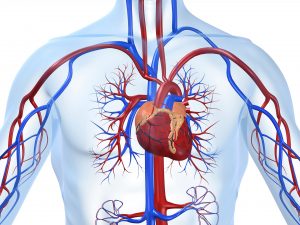Diseases of the cardiovascular system

Cardiovascular disease is the plague of our time. Heart attacks, strokes, and vascular blockages are the most common cause of death in many countries.
Let’s consider the most common cardiovascular diseases, and talk about how they can be detected, treated and, above all, prevented.
Atherosclerosis
Atherosclerotic vascular changes can appear at an early age and progress over the years. This occurs without symptoms. Only after a few decades, usually in the fifth decade of life in men, and after menopause in women, the first symptoms appear. The manifestations of atherosclerosis depend on the location of the atherosclerotic lesions. The most serious consequences are impaired blood flow in the coronary, cerebral, renal and gastrointestinal vessels, in the arteries supplying blood to the limbs and the gastrointestinal tract.
An atherosclerotic process can significantly reduce blood flow in a vessel, or lead to complete closure of an artery and acute ischemia of an organ supplied by such an artery. Prevention of atherosclerotic processes is to control blood pressure and blood cholesterol concentration.
Heart rhythm disorders
A normal heart rate is between 60-100 beats per minute. An abnormal heart rhythm is called arrhythmia. Any cardiac arrhythmia, even if it occurs sporadically and does not cause discomfort, requires medical advice. It is worth going to a therapist or cardiologist. The main research for arrhythmias is listening to the heart, measuring the heart rate and EKG. The most dangerous arrhythmia is atrial fibrillation, in which the pulse can reach 400-600 heart beats per minute. Atrial fibrillation increases the risk of stroke and requires careful diagnosis and complex treatment.
Arterial hypertension
The optimal blood pressure height is 120/80 mm Hg. When hypertension occurs, the values rise above 140/90 mm Hg. In a healthy person, the results vary depending on the time of day, emotional state or physical activity, and it is quite normal that sometimes the heart pumps blood more, which means that the pressure becomes higher. Problems begin when the heart constantly, for no physiological reason, works at maximum speed. Blood pressure is the force that blood exerts on the cells that build arteries. Hypertension develops almost asymptomatically, and we usually find out about it by accident, with regular monitoring of blood pressure in the doctor’s office. Hypertension is the most common cause of death in women and second in men. High blood pressure increases the risk of stroke, kidney damage and failure, severe retinal changes, and atherosclerosis. Drug therapy, lifestyle changes, smoking cessation and proper nutrition, especially reducing the salt content of food, help in the treatment of hypertension.
Myocardial infarction
Myocardial infarction is the result of coronary heart disease and is caused by coronary atherosclerosis – a critical decrease in blood flow in a coronary artery. The symptoms of myocardial infarction are chest pain, shortness of breath, weakness. It is an acute, life-threatening condition that requires urgent medical attention.
Aortic aneurysm
Aneurysms – thinning and stretching of the wall of an artery – can form in any part of the aorta, its branches or other peripheral arteries, as well as in the brain. They always pose a serious threat to life. In most cases, atherosclerosis leads to the formation of an aneurysm. But it can also be caused by injury or inflammation that damages the inner membrane lining the vessel. Not all causes of aneurysm formation are known. However, it was found that its formation is favored by: hypertension, connective tissue diseases that weaken the walls of the arteries, smoking. A ruptured aneurysm causes bleeding, which is often fatal. The aneurysm can be unraveled with the help of an ultrasound examination of the vessels. This allows not only to determine the very existence of the aneurysm, but also to determine its size and location. If the ultrasound does not give a definite answer, a computed tomography is done.
Stroke
Stroke – an acute disorder of cerebral circulation – can take the form of hemorrhage (hemorrhagic stroke), ischemia or heart attack (ischemic stroke). The average age of the sick is 65-70 years. It is estimated that the risk of stroke doubles every 10 years. The consequences of a stroke are closely related to the location and extent of the brain damage. Most often they manifest themselves as paresis, loss of the ability to understand or express speech, or loss of sensitivity. Age, smoking, heart disease, obesity, and diabetes increase the risk of stroke.
Pulmonary embolism
Pulmonary embolism occurs as a result of blockage of the lumen of the pulmonary artery or one of its branches by a clot. This is a common complication of cardiovascular disease that poses a direct threat to the patient’s life.
Pulmonary arterial hypertension
Pulmonary arterial hypertension is a disease in which the blood pressure in the pulmonary artery rises significantly above normal. Blood cannot flow freely through the pulmonary vessels and receive as much oxygen as the body needs. The main symptoms are a feeling of shortness of breath, shortness of breath, especially during exercise. The heart starts to work faster to pump more and more blood to organs that need oxygen. Other symptoms that appear as the disease progresses are fatigue and dizziness, fainting, chest pressure or pain, especially during exercise, leg swelling – edema, and fast or irregular heartbeat. Pulmonary hypertension remains an incurable disease, but medications inhibit its development. They reduce mortality by over 40% in just 3-4 months of use. If drug treatment is ineffective, in some cases, complex surgical treatment may be required.
Venous thrombosis
Deep vein thrombosis https://en.wikipedia.org/wiki/Thrombosis is also often asymptomatic. The disease can be fatal when a corrosive venous clot breaks off and travels with blood flow to the heart and lungs, blocking an artery in the lungs. Thrombosis treatment can be pharmacological or surgical. Prevention of thrombosis is helped by practicing appropriate sports: swimming, walking, dancing, cycling. It is important to eat right and relieve stress from your legs periodically, for example by positioning them so that they are higher than your heart.